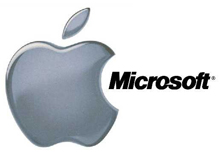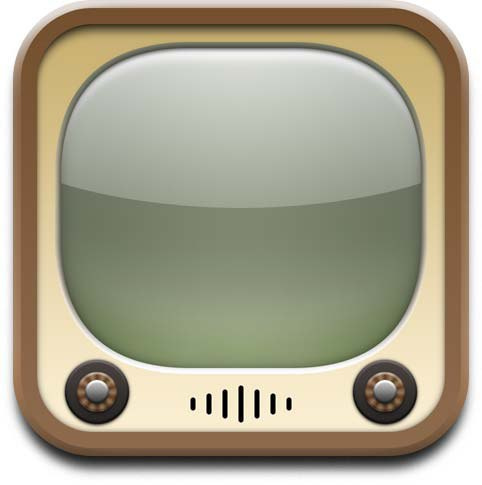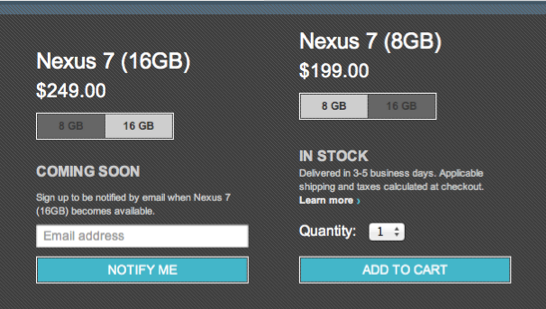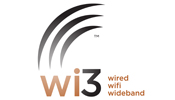 While Griffin Technology hardly qualifies as a startup since it was launched in 1992, the company founded (and still remaining) in Nashville Tennessee is a driver of innovation. Griffin started out by making computer parts beginning with DB15 connectors and launching USB peripherals in 1998. However, it was the release of the original iPhone and a barrage of well designed accessories created in Nashville Tennessee that drove Griffin to “household name” status.
While Griffin Technology hardly qualifies as a startup since it was launched in 1992, the company founded (and still remaining) in Nashville Tennessee is a driver of innovation. Griffin started out by making computer parts beginning with DB15 connectors and launching USB peripherals in 1998. However, it was the release of the original iPhone and a barrage of well designed accessories created in Nashville Tennessee that drove Griffin to “household name” status.
With the announcement of the iPhone 5 last week and the release of the device next Friday, Griffin, like the rest of us, waited with eyes glued to projectors, screens and monitors throughout their Tennessee campus, reports Nasvhille Business Journal’s Jamie McGee. Over 150 Griffin employees gathered around to watch the release of the iPhone 5, all seeing the same images that we saw thanks to live blogs and other information. They watched with pens and paper and immediately went to work on their designs.
Griffin Technology and other iPhone accessory manufacturers got a welcomed break when the last iPhone update was from the 4 to the 4S. There was no real form factor change.
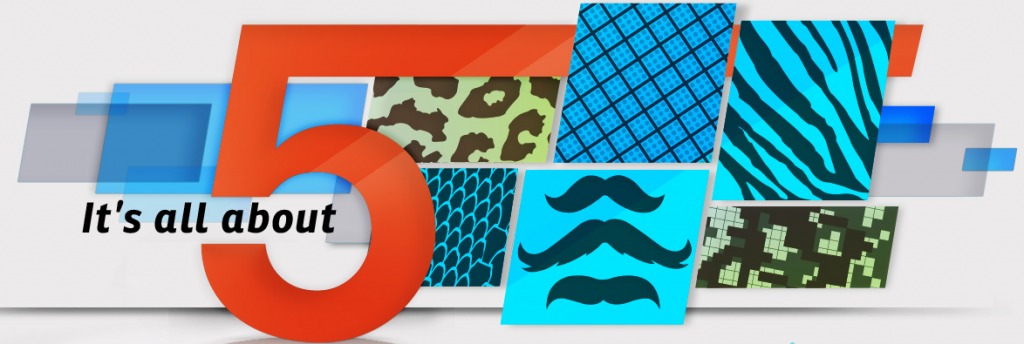 “To have something happen like a complete form-factor change, like we’ve seen on the screen, means our industrial design people are going to be really, really busy for the next couple of weeks,” said Web Wester, who handles social media for Griffin told local news station WKRN.
“To have something happen like a complete form-factor change, like we’ve seen on the screen, means our industrial design people are going to be really, really busy for the next couple of weeks,” said Web Wester, who handles social media for Griffin told local news station WKRN.
By the next morning Griffin had a plan. About mid-morning the sent out a press release confirming that their Survivor and Protector collections along with their Reveal, Chevron, Moxy, Mustachio & Wise Eyes, Kazoo and Animal Parade lines will all be quickly updated for the new iPhone 5. The company also plans on adding some more cases to the mix as time goes on.
The iPone 5 hits Apple stores, Best Buy and carrier partner retailers on Friday. Griffin Technology hasn’t said when you’ll be able to pick up their accessories for the iPhone 5 but it should be soon. A Griffin spokesperson has also said that the power accessories the company is known for will be released for the iPhone 5 shortly. However, Apple changed the 30 pin cord design for the first time since the original iPod so those may take a little longer.
Griffin also has alumni startup founders among their ranks. The group behind Nashville Startup Evermind, a device that helps keep tabs on the elderly, all got their start at Griffin.
Linkage:
Sign up here to get updated when Griffin launches their iPhone 5 lines
Nibletz is the voice of startups in the south east and everywhere else. Check out our SouthEast Coverage here




